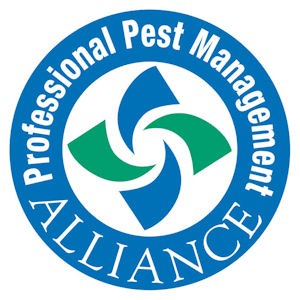
LOGO: PPMA
In new research funded by the National Pest Management Association’s (NPMA’s) Pest Management Foundation and with support from the Professional Pest Management Alliance (PPMA), scientists studied individual rats to better understand rodent behavior using scent detection and radio frequency identification (RFID) technology, better known as microchipping. The group monitored how often a rat frequented remote sensors, and found certain odors to be more attractive than others in luring rodents to a trap or feeding station. The observed behavior and interactions also dispelled some long-thought myths about cats as an effective means of rodent control.
“Historically, rats have always been extremely problematic in society, as both carriers of disease and threats to our property and food,” says Dr. Jim Fredericks, a PMP columnist and chief entomologist for NPMA, as well as staff liaison for the Pest Management Foundation. “Despite the risks they present, rats are also one of the most under-researched animals because they are so uniquely adept at living in close contact with humans, but remaining just out of sight.
“We embarked on this research to learn more about individual rat behavior and to seek information to inform better rodent control methods for the professional pest control industry,” he adds.
Key conclusions from the research include:
1. Scent Detection
- Male scents alone cause both female and male rats to investigate, but then ultimately avoid an area in the future.
- Mixed male and female pheromones cause rats to respond more favorably to the scent compared to male-only scents.
- Female-only pheromones are most attractive to both male and female rats and elicit the strongest response.
2. Cats and Rodent Control
- Feral cats were observed over the course of a five-month period, and their presence was recorded more than 300 times by the cameras monitoring the research site and active rat colonies located nearby. In that timeframe, less than 1 percent of the cat and rat encounters resulted in a rat being killed, despite stalking behavior being observed 20 times.
- Rats are less likely to be seen on the day-of or the day after cats are present.
- For every cat sighting observed, rats were nearly 20 percent more likely to move toward a shelter.
- Although rats were less likely to be seen, the feral cats had no observable long-term impact on the rat population. The rats went into hiding but came back later, determining that cats are not an effective measure in rat control in urban settings.
A video that details more about this project is available online here.
The post PPMA research fine-tunes rodent trapping appeared first on Pest Management Professional.
from Pest Management Professional https://www.mypmp.net/2018/11/13/ppma-research-fine-tunes-rodent-trapping/
Sacramento CA
No comments:
Post a Comment